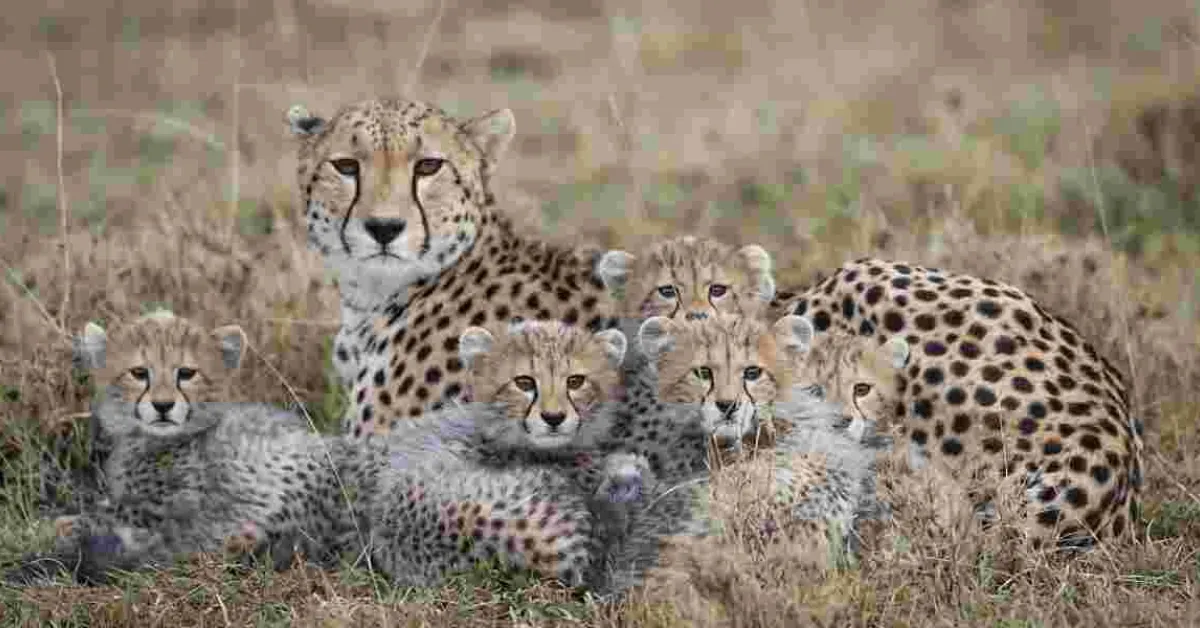How Luxury Pet Trade Pushes Kenyan Cheetahs Toward Extinction

The illicit trafficking of cheetah cubs between East Africa and the Arabian Peninsula poses a threat to the species' survival.
Recent research published in Conservation Biology reveals a disturbing pattern: cubs are forcibly separated from their mothers in Kenya and trafficked through Somalia, where they initially sell for approximately Sh10,000. These young animals are then transported via treacherous land routes and maritime passages to Yemen, ultimately reaching wealthy Arabian buyers who pay up to Sh3.8 million per cub. Led by Colorado State University's Paul Evangelista, the study details the trafficking networks endangering one of Earth's swiftest terrestrial predators.
The cheetah's naturally gentle disposition, particularly in comparison to other big cats, has made them highly desirable as exotic pets throughout the Arabian Peninsula, including Kuwait, Qatar, Saudi Arabia, the United Arab Emirates, and Yemen, where they serve as prominent status symbols. The trade persists due to significant financial incentives and inadequate law enforcement measures. Current estimates indicate only 6,500 adult and adolescent cheetahs remain in Africa, occupying a mere 13% of their historical range. Kenya, hosting between 800 and 1,200 adult cheetahs, represents the primary East African stronghold for the species.
However, the majority of Kenya's cheetah population—approximately 80%—exists outside protected areas, leaving them particularly vulnerable to poaching activities. The trafficking process subjects cubs to severe hardships thus resulting in mortality rates. Smugglers transport the animals in confined spaces across both terrestrial and maritime routes, frequently utilizing small vessels to cross the Gulf of Aden. The cubs endure extended periods concealed in unsanitary markets or private residences while awaiting final transactions with Gulf-based purchasers. Many succumb to malnourishment, insufficient care, and extreme stress levels.
The research documents a concerning escalation in trafficking activity, with over 1,880 recorded instances of seizures or attempted sales of live cheetahs and cheetah products between 2010 and 2019. Live animals, predominantly cubs, accounted for 91% of these cases, with 95% originating from the Horn of Africa and intended for Arabian Peninsula pet markets. Conservation organizations like the Cheetah Conservation Fund (CCF) are actively combating this trade through rescue and rehabilitation efforts.
The organization maintains three safe houses in Hargeisa, Somaliland, providing continuous care for rescued cubs. CCF collaborates with local authorities on rescue operations and public awareness campaigns about the illegal pet trade's dangers.














Add new comment